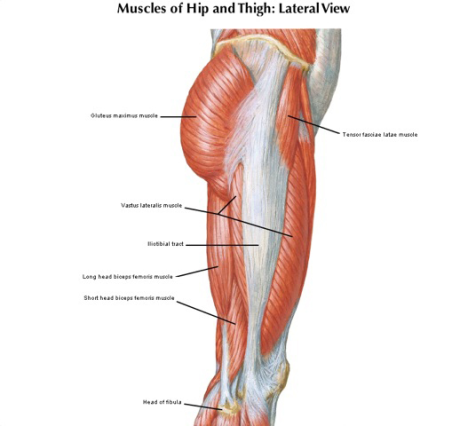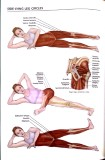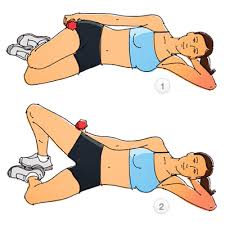Did you know one in four women over the age of 50 have been shown to have gluteal tendinopathy? Gluteal tendinopathy can greatly impact your daily activities. Whether that is through lack of sleep, inability to walk normal distances or climb stairs without pain or the inability to sit or stand for long periods.
Your gluteal tendons are the tough fibres that connect your gluteal muscle to your hip bone. A tendon injury may seem to happen suddenly, but usually it is the result of many tiny tears to the tendon that have happened over time. The buttock or gluteal muscles are extremely important in providing pelvic stability when walking or running. Every time you step on your right foot, your right gluteal muscles are vital in keeping your pelvis stable and preventing your left hip from dropping. The gluteal muscles insert into the outside of the hip via their tendons and these tendons can break down.

What is a Tendon Injury?
Tendons are the tough fibres that connect muscle to bone. Most tendon injuries occur near joints, such as the shoulder, elbow, knee, and ankle. A tendon injury may seem to happen suddenly, but usually it is the result of repetitive tendon overloading.
Your tendons are designed to withstand high, repetitive loading, however, on occasions, when the load being applied to the tendon is too great for the tendon to withstand, the tendon begins to become stressed. When tendons become stressed, they sustain small micro tears, which encourage inflammatory chemicals and swelling, which can quickly heal if managed appropriately.
What are the Symptoms of Tendinopathy?
Tendinopathy usually causes pain, stiffness, and loss of strength in the affected area. The pain may get worse when you use the tendon. You may have more pain and stiffness during the night or when you get up in the morning. The area may be tender, red, warm, or swollen if there is inflammation. You may notice a crunchy sound or feeling when you use the tendon. The symptoms of a tendon injury can be a lot like those caused by bursitis
Can Pilates help?
In order to reduce pain, it is important to avoid positions that load the tendon such as sitting cross-legged, sitting in a low chair or carrying children on hips. Treatment involves strengthening the gluteals and the other pelvic stabilizing muscles. Pilates is a great way of ensuring correct posture and muscle recruitment during various exercises. There are so many exercises for Pilates on the Matts and reformer.
Pilates Exercise:
1: Lying Side Kick/leg circles:


*Lay down on your side in a straight line, shoulder over shoulder, hip over hip, and ankles together.
* Bring both legs forward to 45 degrees form the body line
* Prop the head behind the head, reaching the elbow towards the ceiling.
* Lift top leg to a point level with the pelvis, the pelvis and spine remain stable.
* Lengthen the leg and circle or kick forward in a controlled manner.
* Hinging from the hip, draw the movement back through the heel.
* Repeat.
2: The Clams

* Begin this exercise lying on your side with your shoulders, hips and ankles aligned.
* Your knees should be bent at right angles and resting together.
* Slowly lift your upper knee away from your other leg, keeping your ankles together, your pelvis still and tightening your buttock muscles. Hold or 2 seconds and then slowly lower the knee back down.
3: Window Washer
* Start on the floor in full plank position, feet together, hands directly under shoulders
* Keep hips parallel to the floor, life left foot slightly and tap out to the left as far up as you can and return.
There are so many other exercises, but again, Pilates is a great way to help with any injuries or strains.
Sarah Pennicott
Pilates Teacher
http://www.master-fitness.co.uk
Filed under: PILATES, Uncategorized | Tagged: fitness, Gluteal, masterfitness, MasterPilates, pilates, Sarahpennicott, Tendinopathy |





Leave a comment